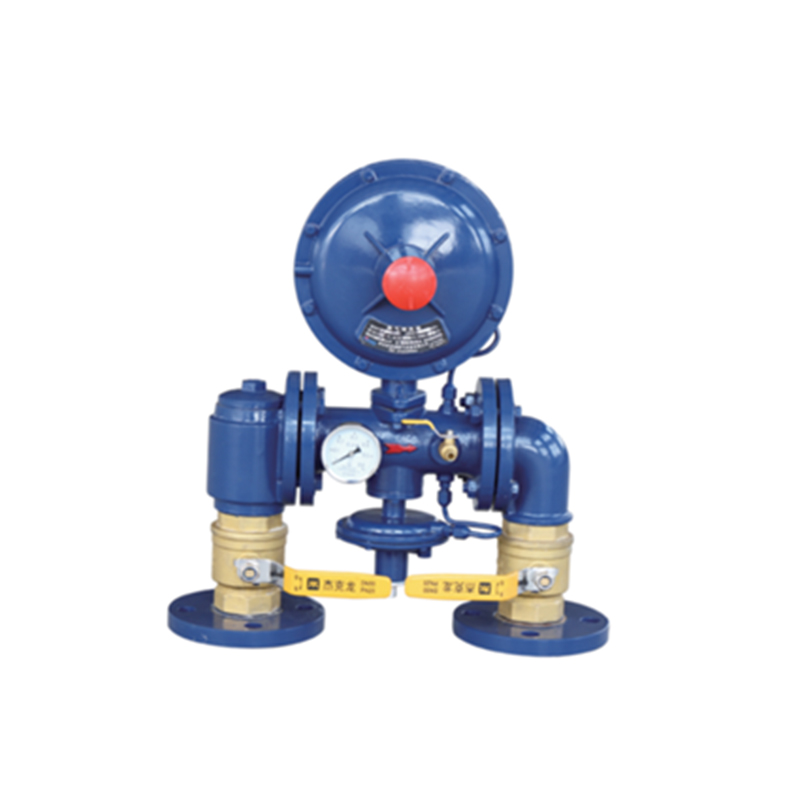
Dec . 12, 2024 21:36
Back to list
natural gas regulator
Understanding Natural Gas Regulators Essential Components for Safe Gas Flow
Natural gas is a vital energy source that powers homes, industries, and power plants across the globe. Ensuring the safe and efficient delivery of this gas is paramount, and one of the key components in this process is the natural gas regulator. This article delves into what a natural gas regulator is, its functions, types, and its importance in the gas distribution system.
What is a Natural Gas Regulator?
A natural gas regulator is a critical device used to control the pressure of natural gas within pipelines and systems. Its primary purpose is to reduce the high-pressure gas coming from the main supply to a lower, more manageable pressure suitable for residential and commercial use. Regulators can be found in various applications, from large industrial systems to small home installations, ensuring that gas is delivered safely and efficiently.
Functions of a Natural Gas Regulator
The main functions of a natural gas regulator include
1. Pressure Reduction The regulator decreases the pressure of the incoming gas from the pipeline, ensuring that it is at a safe and usable level for appliances and heating systems.
2. Flow Regulation Regulators maintain a consistent gas flow, accommodating varying demands from appliances while preventing fluctuations that could lead to either underperformance or dangerous surges.
3. Safety By controlling pressure, regulators protect downstream appliances and systems from damage. Excess pressure can lead to leaks, fires, or explosions, making regulators crucial for safety.
4. Automatic Adjustment Most natural gas regulators automatically adjust to changes in upstream pressure, ensuring that the downstream pressure remains constant despite variations in supply.
natural gas regulator

Types of Natural Gas Regulators
Natural gas regulators come in various types, each designed for specific applications and needs
1. First-Stage Regulators These are usually part of a multi-stage system and serve to reduce gas pressure from the main supply before it enters the distribution system. They handle higher pressures and are typically used in industrial applications.
2. Second-Stage Regulators These regulators further reduce the gas pressure to a level suitable for residential use. They are commonly found in home gas systems, ensuring that gas is delivered at the correct pressure for appliances such as stoves, heaters, and water heaters.
3. Relief Regulators These are safety devices that vent excess gas to the atmosphere when the downstream pressure exceeds a predetermined level. This prevents overpressure situations that could lead to hazardous conditions.
Importance of Natural Gas Regulators
Natural gas regulators play a vital role in the overall safety and efficiency of gas distribution systems. They ensure that gas reaches consumers at the correct pressure, enabling appliances to operate effectively. Moreover, by preventing overpressure scenarios, regulators mitigate risks associated with gas leaks and explosions.
Furthermore, the reliability and performance of regulators can significantly influence energy efficiency. A well-functioning regulator ensures that gas is used efficiently, reducing waste and potentially lowering energy costs for consumers.
Conclusion
In summary, natural gas regulators are essential components in the safe and efficient distribution of natural gas. They serve multiple functions, including pressure reduction, flow regulation, and safety assurance, making them indispensable in both residential and industrial applications. Understanding how these regulators work and their significance is crucial for anyone involved in the natural gas industry or for homeowners wanting to ensure their gas appliances operate safely. By prioritizing safety through effective regulation, we can harness the benefits of natural gas while minimizing risks, contributing to a more sustainable energy future.
Latest news
-
Safety Valve Spring-Loaded Design Overpressure ProtectionNewsJul.25,2025
-
Precision Voltage Regulator AC5 Accuracy Grade PerformanceNewsJul.25,2025
-
Natural Gas Pressure Regulating Skid Industrial Pipeline ApplicationsNewsJul.25,2025
-
Natural Gas Filter Stainless Steel Mesh Element DesignNewsJul.25,2025
-
Gas Pressure Regulator Valve Direct-Acting Spring-Loaded DesignNewsJul.25,2025
-
Decompression Equipment Multi-Stage Heat Exchange System DesignNewsJul.25,2025

